Trees never to plant in a small front yard – 7 varieties to avoid in compact spaces
If you value sunlight and want to keep the peace with your neighbors, there are some trees you should avoid planting
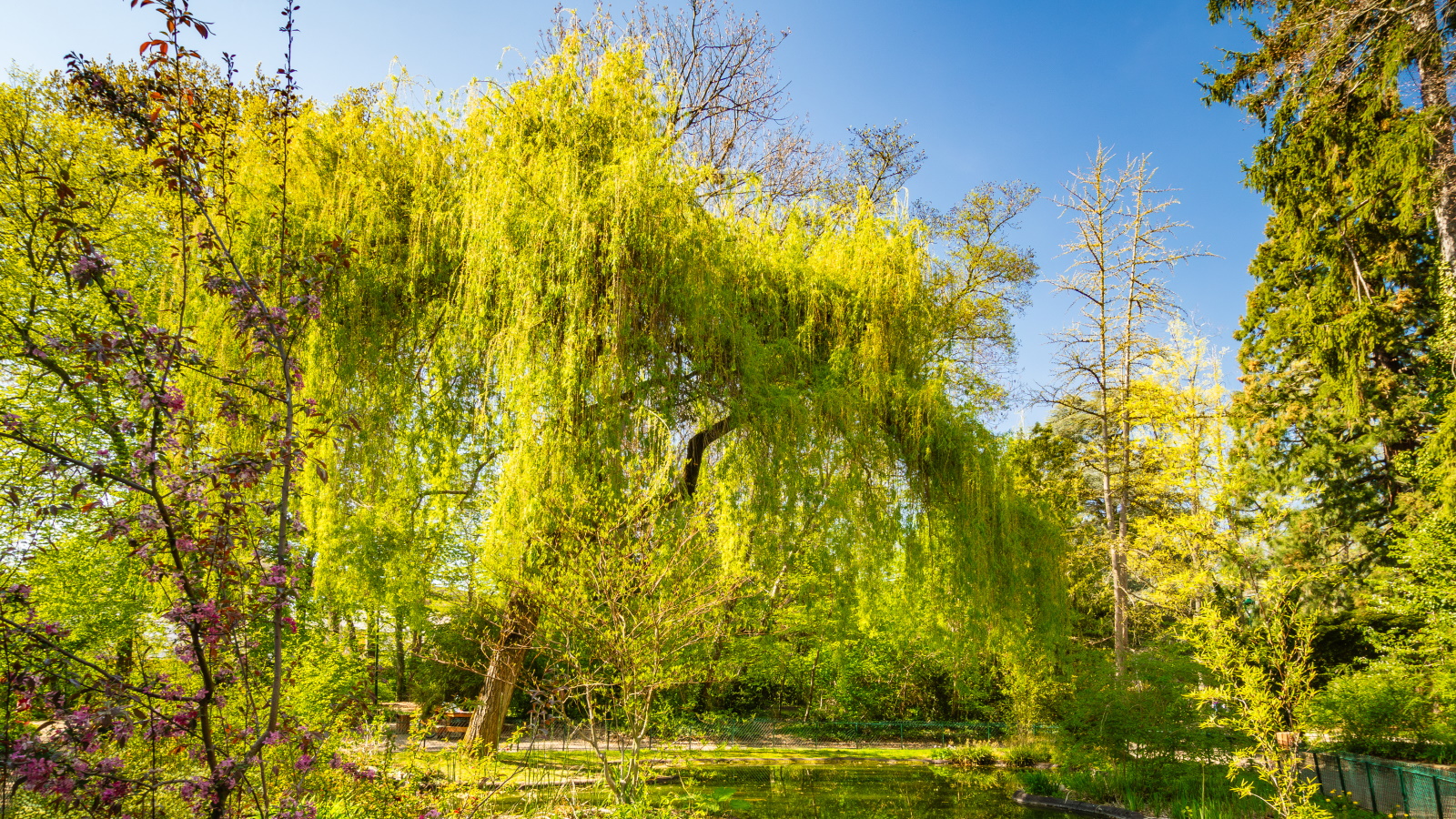

There's something undoubtedly majestic about a tall tree standing proudly in your front yard. But when space is at a premium, you need to make smart choices about the species and varieties of tree that you plant.
While the best trees for small yards can bring seasonal flowers, radiant fall color, and decorative interest, some tree varieties can overwhelm a compact space. Trees with large root systems, excessive leaf litter, or those that simply grow quickly can overshadow your home, ruin a lawn, or simply become too difficult to maintain.
Add to that the fact that excessive growth can damage garden structures or building foundations, and can also impact public sidewalks and neighboring walls. It is clear that while we might think they are striking or beautiful, certain trees should be avoided at all costs. Here, experts advise on the trees never to plant in a small front yard.
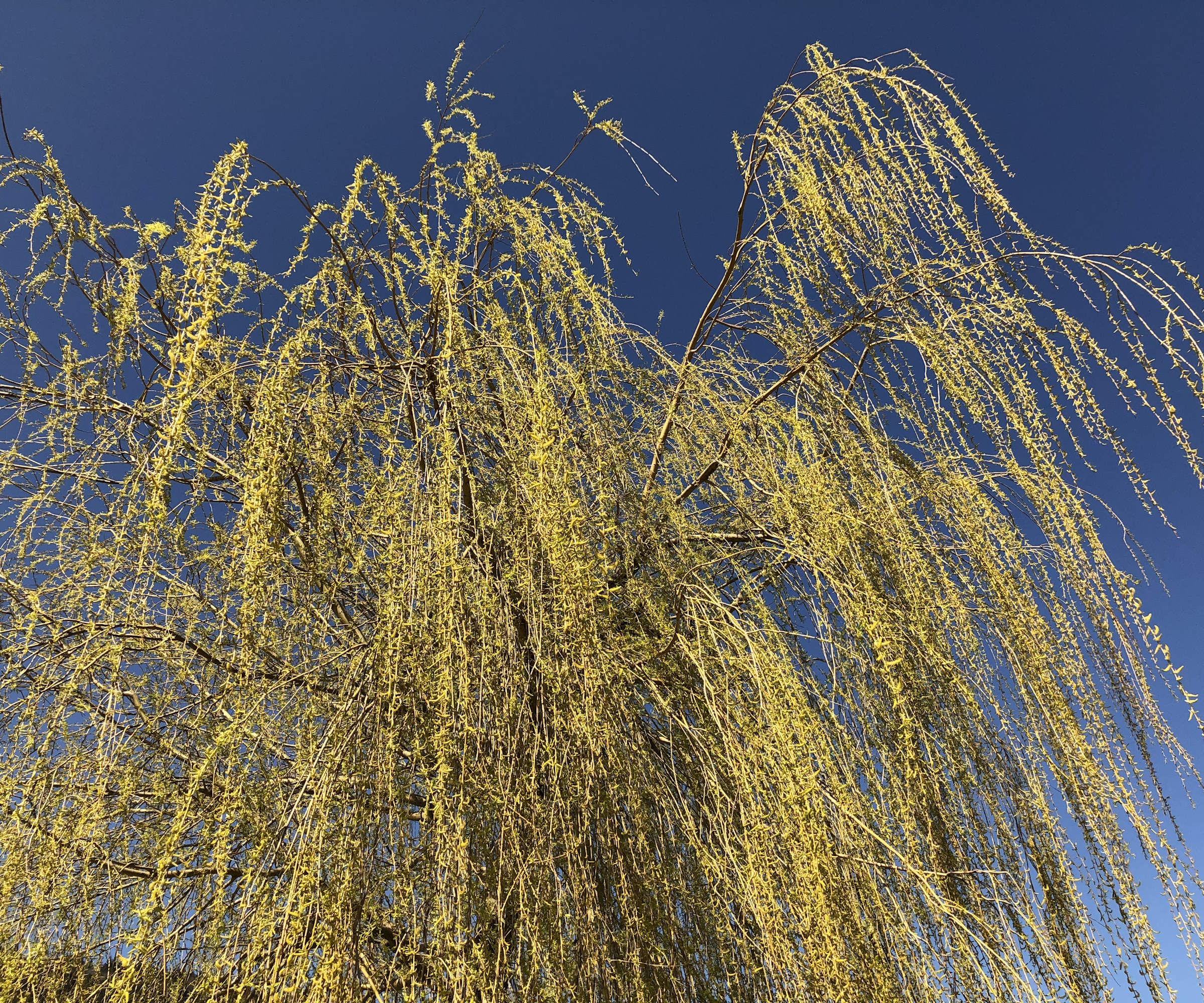
Trees never to plant in a small front yard
Planting problematic or invasive trees can quickly make a small yard unmanageable. The wrong tree can not only damage a home's curb appeal, but it's also a surefire way to annoy your neighbors if it blocks their light or drops excessive leaves onto their side of the fence. While there are many small trees to plant close to a house that are compact and can create privacy, there are several trees never to plant in a small front yard. We asked professional arborists and landscapers for their expert advice.
1. Weeping Willow

USDA hardiness zone: zone 4 - zone 9
Height: 30 - 50 feet
Botanical name: Salix babylonica
The weeping willow is renowned for its graceful, drooping branches and for being one of the best trees to plant for shade. However, they are best suited for large, open areas where their extensive root systems can spread without causing damage.
The roots of these elegant trees are notorious for aggressively seeking out water sources, which means they can infiltrate and damage underground plumbing, septic systems, and even the foundations of nearby structures and homes.
Weeping willows can also grow to heights of 30 to 50 feet, with an equally expansive spread. This rapid growth will quickly overwhelm a small yard, potentially blocking sunlight and stunting the growth of other nearby plants. Plus, the dense canopy can create heavy shade, making a small yard feel dark and cramped.
If garden maintenance is low on your list of priorities, these trees are not for you. They are constantly shedding their leaves and require regular maintenance. If you have a willow in your yard, it is preferable to use a leaf blower, available from Amazon, to help with this task. Their drooping branches also need to be pruned regularly to stay manageable – an intense level of upkeep that can be highly impractical for a small space.
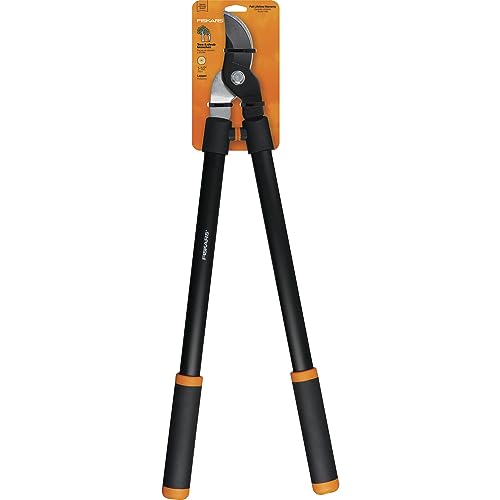
These Fiskars loppers will make easy work of thick branches with simple and clean cuts, ideal for those tree pruning jobs on your to-do list.
2. Bur Oak
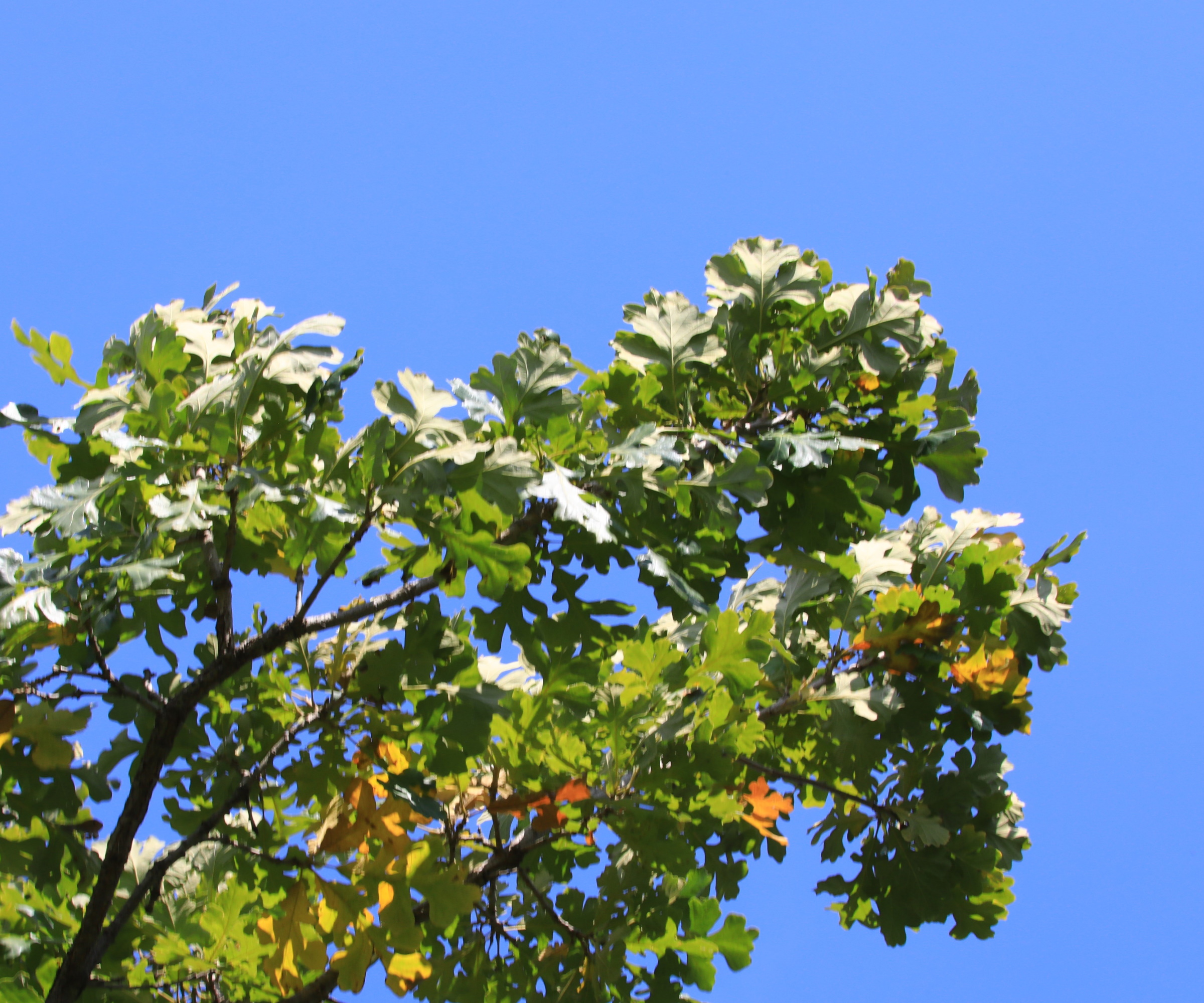
USDA Hardiness zone: zone 3 - zone 8
Height: 70 - 80 feet
Botanical Name: Quercus macrocarpa
Bur oaks, with their expansive size, longevity and status as a keystone species, are among the best native tree species to consider for a planting site. That said, they are decidedly not suitable for small front yards thanks to their need for space to grow, both above and below ground.
'At maturity, bur oaks can produce a crown width of up to 60 to 80 ft across and heights approaching 100 ft,' explains certified arborist, Michael Musinski from Monster Tree Services. Put simply, these giants require ample space for their extensive root systems to spread and in confined spaces, their roots can interfere with sidewalks, driveways, and even home foundations.
'In optimum conditions, bur oaks can easily pass 100 years in age,' Michael continues. 'When mature, their enormous size can overshadow a home, limiting sunlight and impeding the growth of other plants. Plus, bur oaks produce large acorns and substantial leaf litter, which can create a mess that requires frequent cleanup.'
If leaf drop is a problem in your yard, consider using a heavy-duty rake, available from Walmart.

Michael is an experienced, certified arborist with over 15 years of diverse expertise in nonprofit, research, and commercial horticulture sectors.
3. Sycamore
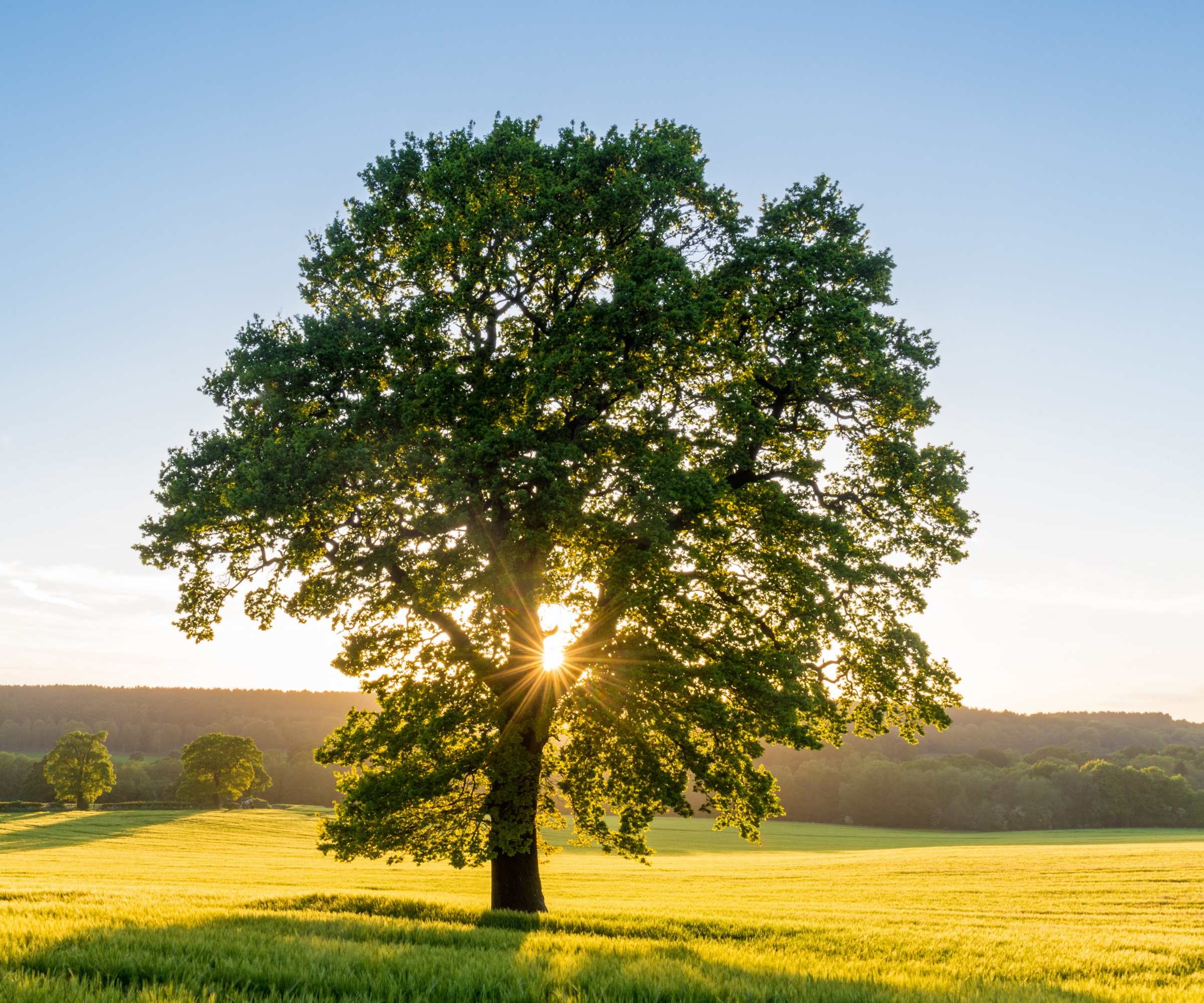
USDA hardiness zone: zone 4 - zone 9
Height: 70 - 100 feet
Botanical name: Platanus occidentalis
Sycamore trees are admired for their towering presence and beautiful bark, but they are not a good fit for small yards. These trees can reach heights of up to 100 feet with a wide canopy spread, which can quickly overwhelm a tiny garden. They are also known to have aggressive root systems that can wreak havoc with sidewalks and driveways, leading to costly repairs and ongoing challenges.
In addition to their impressive size, anyone who has picked their wing-like seeds up from the sidewalk will no doubt know that these trees shed a significant amount of leaves, seeds, and bark throughout the season, resulting in considerable debris and a constant need for cleanup. While sycamore seeds can be fun, especially if you are gardening with children, they can result in lots of weeding work.
While Sycamores are excellent for providing shade and adding visual interest in large spaces, their dense canopy can block sunlight, making it difficult for other plants to thrive underneath. Add their high maintenance into the mix, and these trees are highly impractical for small front yards. Instead, consider planting a serviceberry tree, Amelanchier spp., a smaller, more manageable tree with spring blossom, fall color and red berries in winter. Serviceberry trees are available to order online from Walmart.
4. The Callery pear
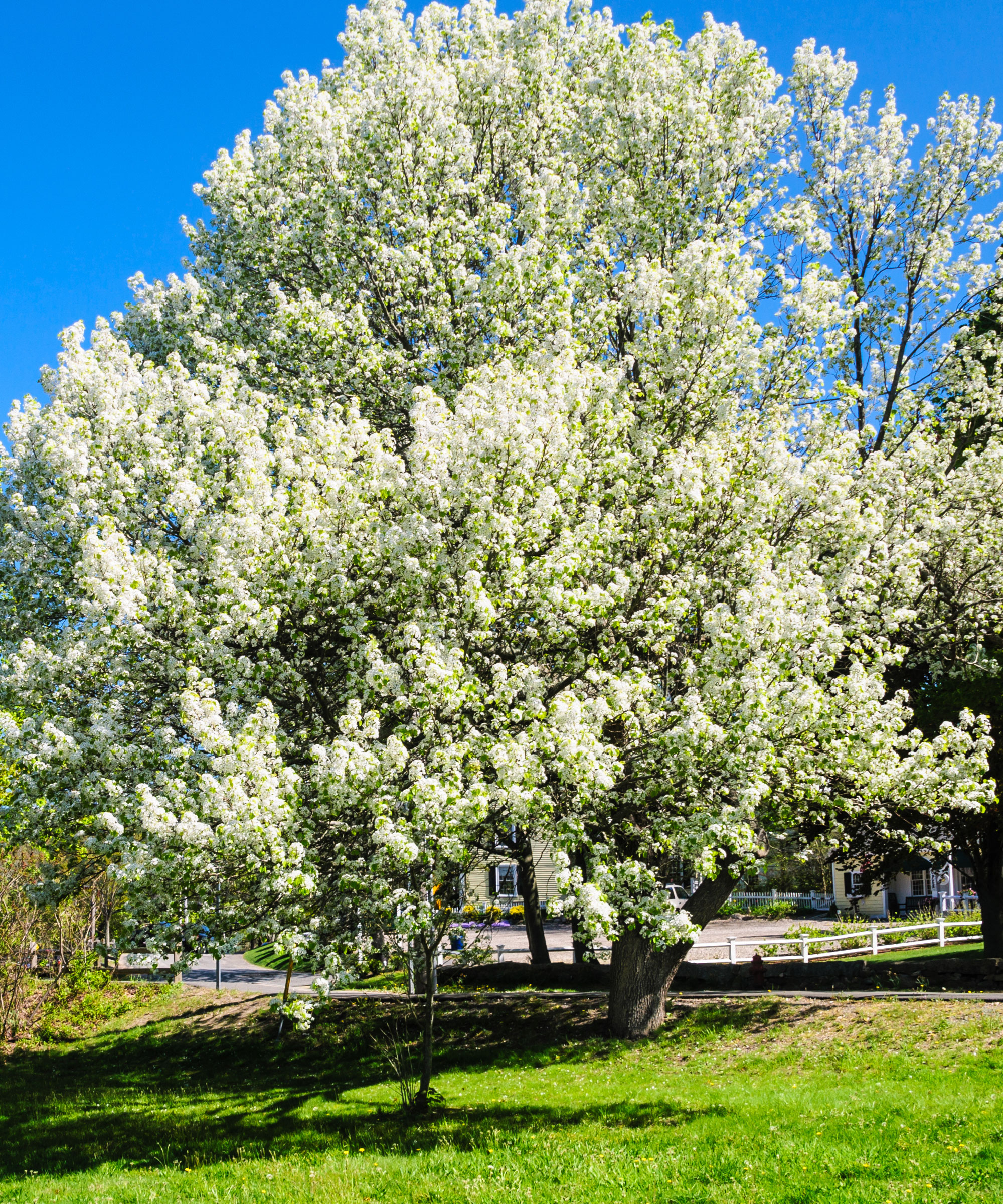
USDA hardiness zone: zone 2 - zone 9
Height: 50 - 80 feet
Botanical name: Populus deltoides
The Callery pear – also known as the Bradford pear – has come under fire in recent decades. These ornamental exotic pears have historically been planted for their flowery blooms and fast-growing abilities - and this is the problem.
'The Callery pear grows too fast, so much so that it quickly forms narrow crotch angles between co-leaders, resulting in a weak structure,' explains Michael Musinski. 'You should avoid planting these trees close to your home - they're called car and house crushers for a reason!
'During heavy storms and winds, mature Callery pear trees can inflict damage on not only themselves but whatever lay in their path. And that’s not even the whole story. Callery pears are slowly being banned from sale in some states. This is because they are highly invasive plants. They can easily escape cultivation and spread into natural areas, outcompeting native plant species and disrupting local ecosystems.
'Different cultivars of Callery pear can cross-pollinate, leading to the production of fertile seeds,' adds Michael. 'These seeds spread widely and contribute to the invasive problem, as they grow into wild, thorny trees that invade fields, forests, and roadside areas.'
5. Sweetgum
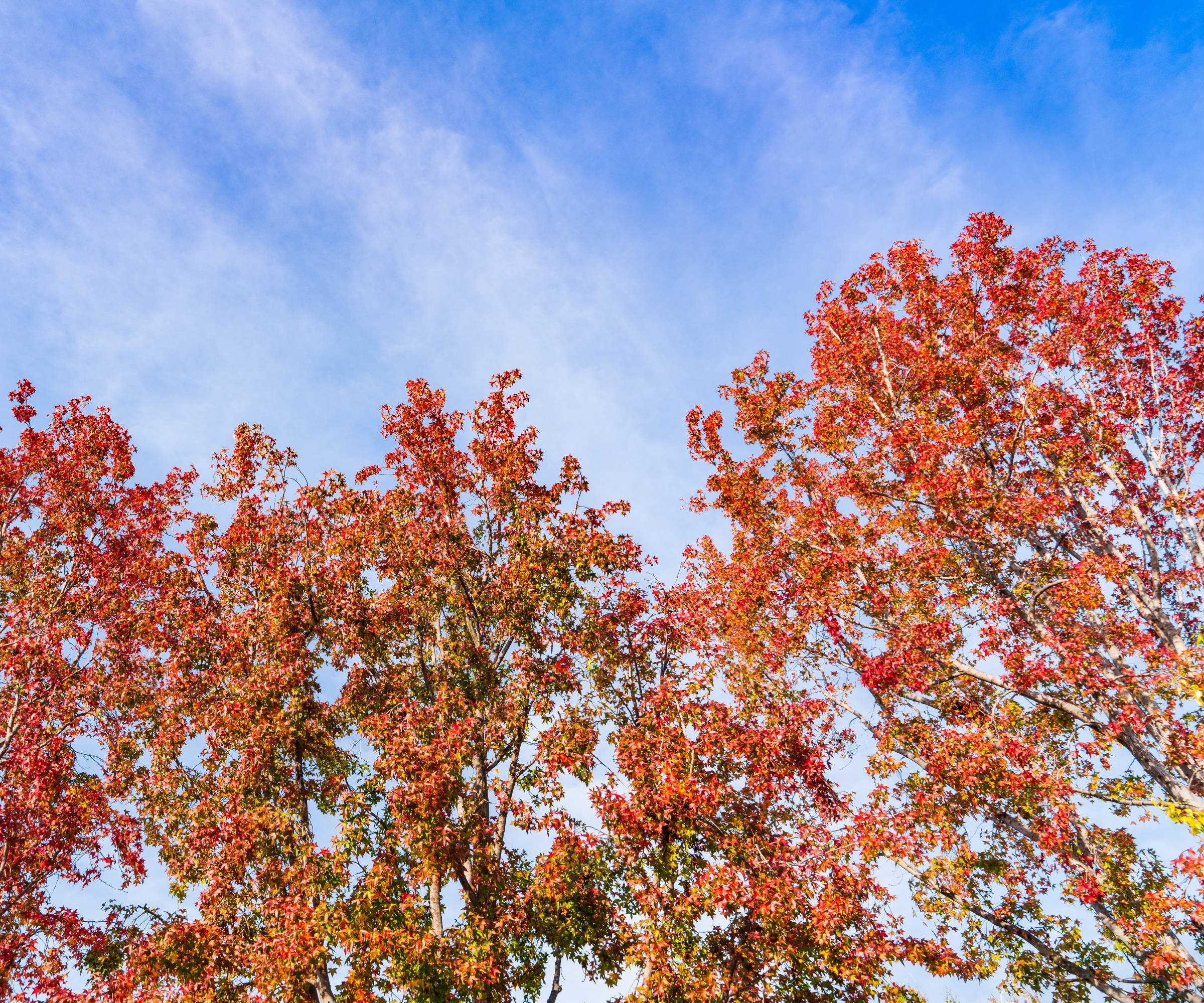
USDA hardiness zone: zone 6 - zone 7
Height: 50 - 100 feet
Botanical name: Liquidambar Styraciflua
'Sweetgum is one of the most prolific trees planted all over America,' says Eric Preston Stout, Master Gardener and Landscaper with TeachMe.To. 'They can grow anywhere from 50 to 100 feet and live for over 300 years. But, when planted as a street-facing tree, they have been known to destroy the sidewalk, roads, and even structural foundations.
'The roots of sweetgum trees are determined to grow at the surface and through anything in their path,' explains Eric. 'It is considered an invasive species and is even banned as a tree to plant in the Bay Area. What's more, the fruits are somewhat like a medieval projectile. These spiked balls grow to about the same size as a golf ball and are terrible to maneuver around with a baby stroller.'
While Sweetgums can add dramatic fall color and beauty to landscapes, their invasive roots, messy fruit, and large size make them a decidedly poor choice for small front yards. Instead, consider planting a redbud tree, Cercis canadensis, a smaller option that is equally attractive but much more manageable. Small starter redbud trees are available from Amazon.

Eric Preston Stout has a Bachelor's Degree of Science Landscape Architecture from UMASS Amherst and an Associates Degree for Landscape Contracting from the Stockbridge School of Agriculture. He is a certified Master Gardener and an advocate of biodiversity and sustainable stewardship.
6. Southern Magnolia
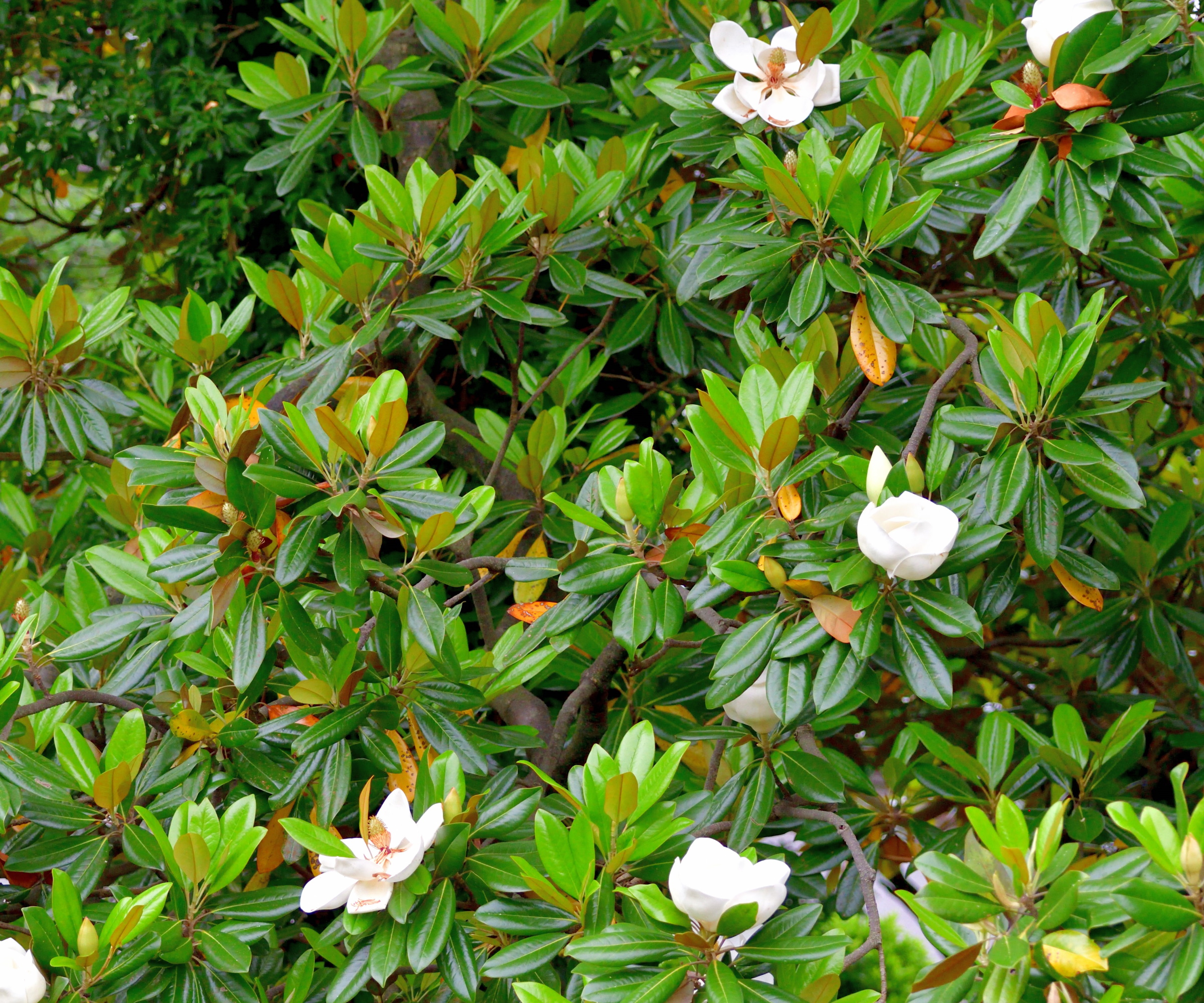
USDA hardiness zone: zone 6 - zone 10
Height: 60 - 80 feet
Botanical Name: Magnolia grandiflora
Southern magnolia is known for its stunning white flowers and glossy evergreen leaves, but sadly they are not suitable for small front yards. These evergreen trees can grow up to 80 feet tall with an expansive spread, quickly overwhelming a confined space.
'Southern magnolia is an amazing tree with beautiful white flowers, but it can overwhelm a small space as it grows towards its maximum height,' explains Blake Watkins, Board Certified Master Arborist. 'The tree's waxy evergreen leaves cast dense shade year-round, making it difficult for sun-loving plants to thrive underneath. Additionally, these evergreens shed leaves continuously.'
If you love the southern magnolia but don't have the space for it, consider the dwarf cultivar 'Little Gem.' This smaller variety provides similar beauty in a more manageable size, making it a perfect alternative for compact spaces. You can purchase 'Little Gem' magnolia trees from Nature Hills.
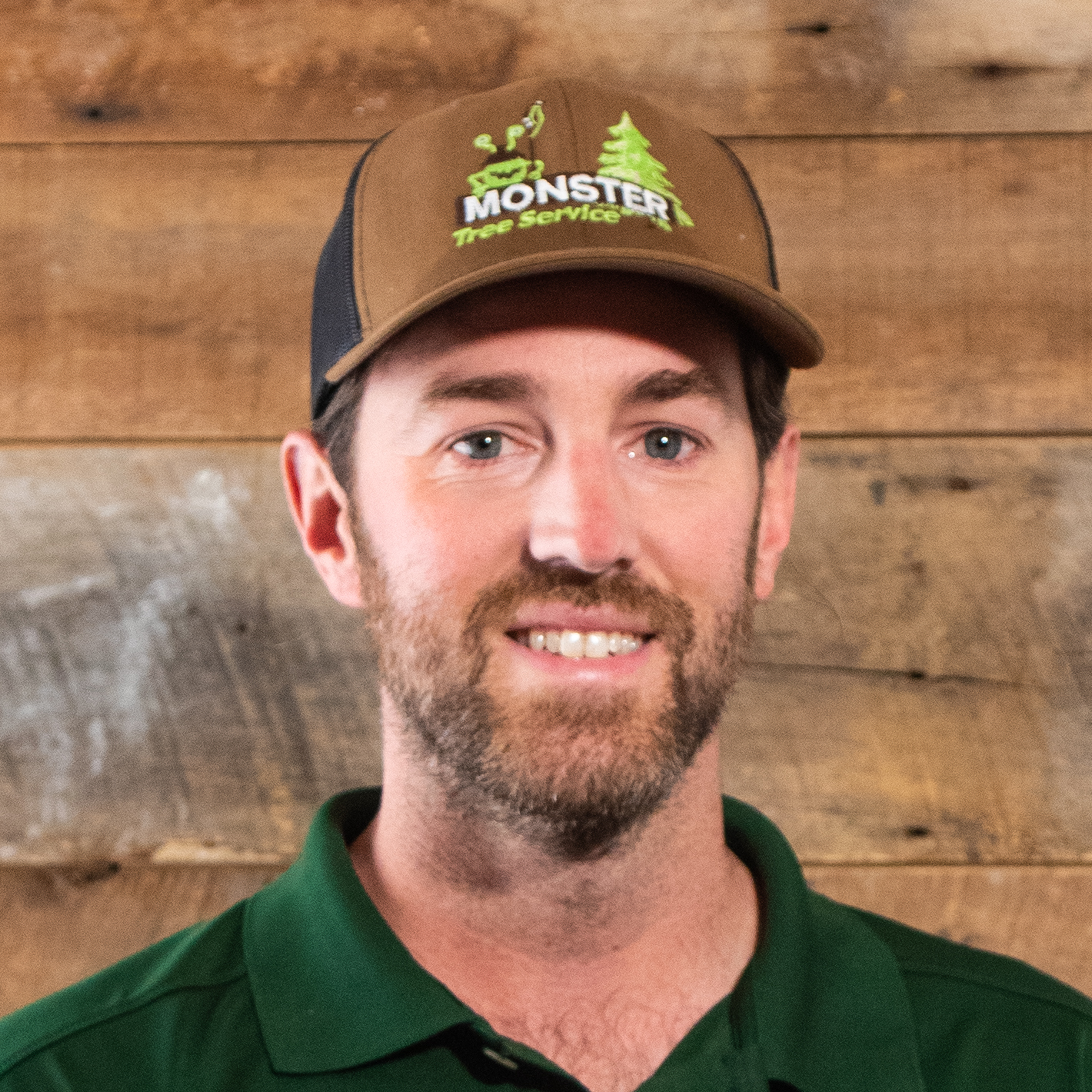
Blake Watkins is an ISA Board Certified Master Arborist® and Registered Consulting Arborist providing arborist consulting services throughout the Sacramento Area.
7. Cottonwood
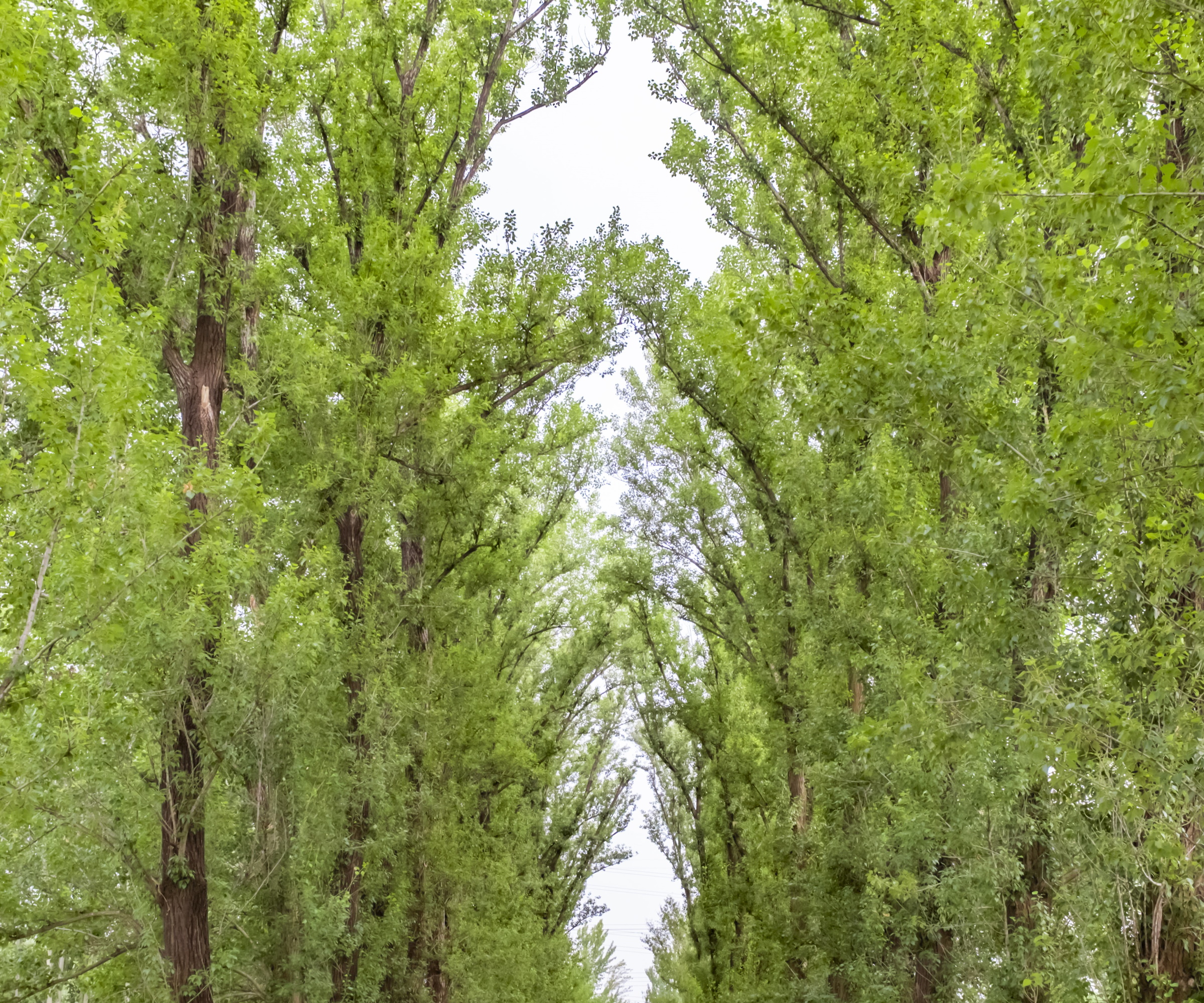
USDA hardiness zone: zone 2 - zone 9
Height: 50 - 80 feet
Botanical Name: Populus deltoides
Think twice before planting cottonwood trees if your front yard isn't very spacious. These trees can soar up to 80 feet tall and boast extensive root systems that often invade and damage structures.
Cottonwoods also produce an abundance of fluffy seeds that can create a significant mess and trigger allergies for some homeowners, making this a plant to avoid if you have hayfever. Moreover, their rapid growth often results in weak wood, making their branches prone to breaking during storms, which can pose a risk to nearby structures, vehicles and people. It is important to regularly prune cottonwood trees to keep them safe.
If you're looking for a good alternative that is better suited to small spaces, consider planting a Dogwood, such as the flowering dogwood, Cornus florida, for beautiful blooms without the maintenance headache. Flowering dogwoods are available from Walmart.
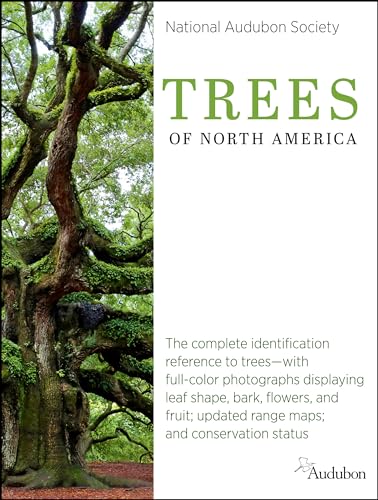
The Trees of North America is the perfect reference book for gardeners, and is the most comprehensive and authoritative guide to native trees.
FAQs
What are the best trees for a small front yard?
'The best trees for small yards are ornamental trees', explains Eric Preston Stout, Master Gardener and Landscaper. 'Most nurseries have an area dedicated to these types of trees. Or if they have a website and list their tree inventory they most likely have a category named “ornamental or specimen trees”.' Small ornamental trees - such as serviceberry or dogwood trees - are ideal for compact yards.
How do I know if a tree is an invasive species?
Invasive trees should not be planted in any sized yard. Some common culprits include:
- Glossy Buckthorn (Frangula alnus)
- Common Buckthorn (Rhamnus cathartica)
- Mulberry (Morus spp.)
- Russian Olive (Eleagnus angustifolia)
To determine if a tree is invasive, consult local agricultural extension services or environmental agencies. They can provide a list of species considered invasive in your area. Additionally, resources like the USDA's National Invasive Species Information Center can offer guidance.
What can I do about an existing problem-tree in my small yard?
If you already have a problematic tree in your yard, consult a certified arborist for advice on management or removal. They will assess the tree's health and potential risks, and recommend the best course of action, whether it's regular maintenance, pruning, or complete removal.
Are you currently designing or planning a small garden and looking for more ideas for trees and shrubs that won't overwhelm your space? Discover the best fruit trees for small spaces and take inspiration from these small backyard ideas.
Sign up to the Homes & Gardens newsletter
Design expertise in your inbox – from inspiring decorating ideas and beautiful celebrity homes to practical gardening advice and shopping round-ups.

Gabriella is a freelance contributor for Homes & Gardens. She is a DIY enthusiast and a lover of all things interior design, often found antiquing or browsing the aisles of her local hardware store. She has a particular passion for historic buildings and is in the process of renovating a Victorian coachhouse in the countryside.
For much of the past decade, Gabriella has worked as a freelance writer, crafting copy for national publications and renowned homeware brands. Most recently, she worked for Homebuilding & Renovating Magazine and is the former Head of Solved at Homes & Gardens, focusing on case studies for the magazine and website, as well as writing features about issues surrounding historic and listed building projects.
-
 I've spent over 200 hours testing vacuums and swear by my two Dysons – this is how I properly clean a Dyson vacuum filter for longer-lasting appliances
I've spent over 200 hours testing vacuums and swear by my two Dysons – this is how I properly clean a Dyson vacuum filter for longer-lasting appliancesYour Dyson vacuum will last much longer and clean at its best
By Dan Fauzi Published
-
 Bethenny Frankel calls this $695 machine the 'Rolls-Royce Cullinan of coffee' – it's a must-have luxury buy for iced-coffee lovers this springtime
Bethenny Frankel calls this $695 machine the 'Rolls-Royce Cullinan of coffee' – it's a must-have luxury buy for iced-coffee lovers this springtimeThe Real Housewife swears by a luxurious machine that makes nitro cold brew, cold brew, and cold espresso at the touch of a button – here's why it's worth it
By Sophie Edwards Published
-
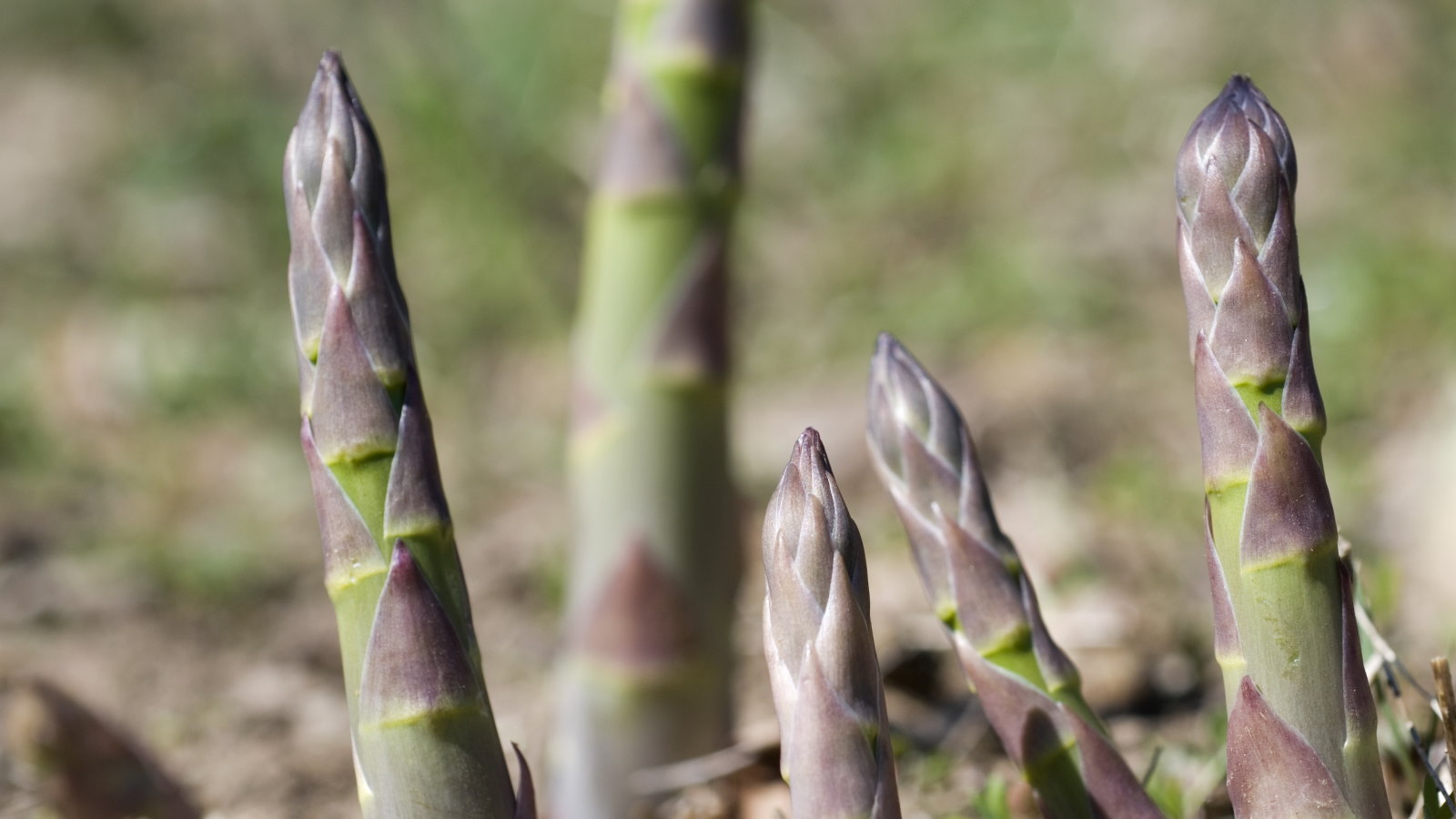 When and how to divide asparagus – expert tips to rejuvenate older plants for better yields
When and how to divide asparagus – expert tips to rejuvenate older plants for better yieldsDividing asparagus crowns is simple and rewarding, but you must get the timing right
By Drew Swainston Published
-
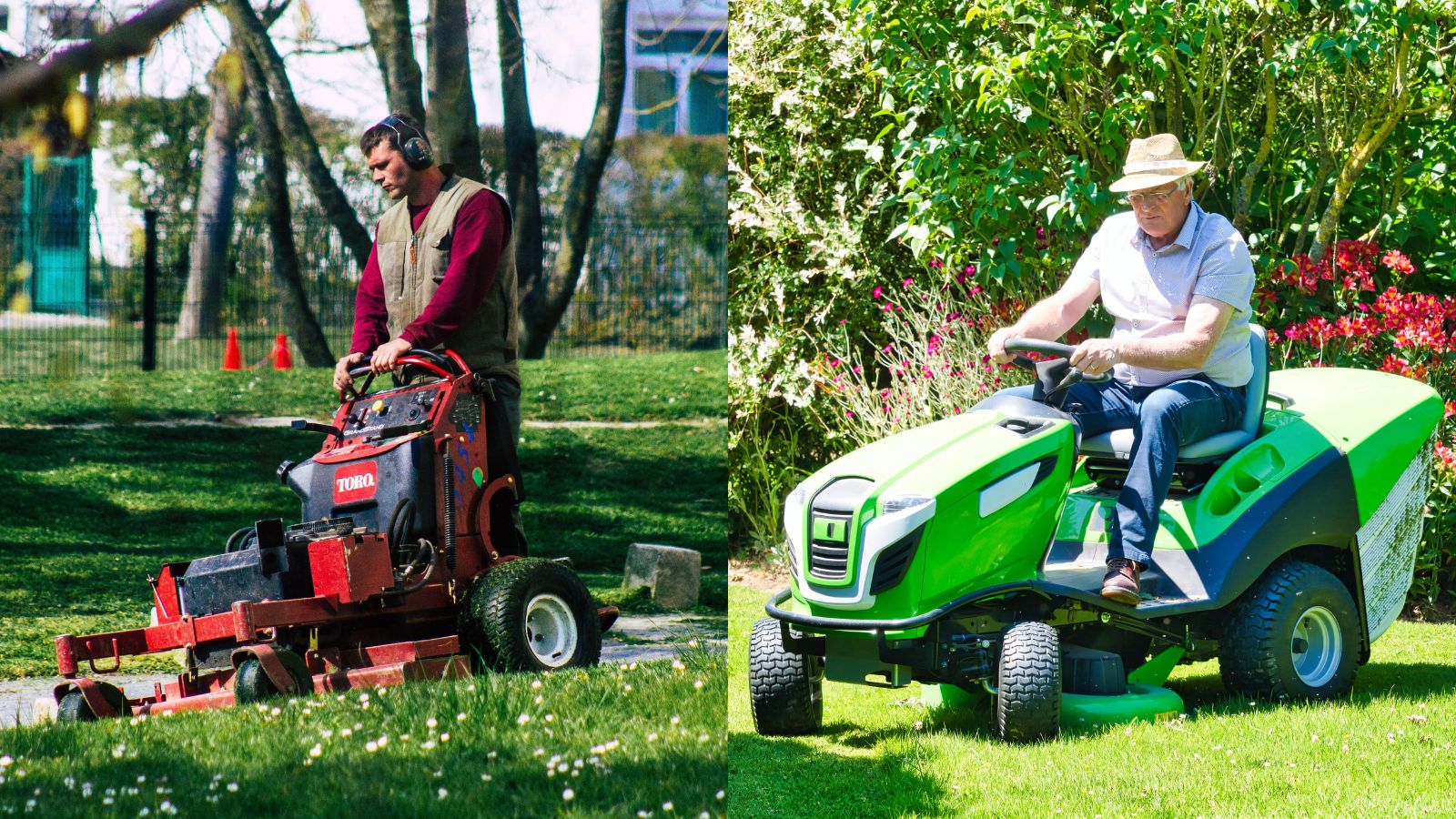 Standing mowers vs riding mowers – a mowing expert reveals which is best
Standing mowers vs riding mowers – a mowing expert reveals which is bestStanding mowers vs riding mowers is a heated debate among landscapers. I spoke to a landscaping expert to find out if standing mowers really are the best
By Alex David Published
-
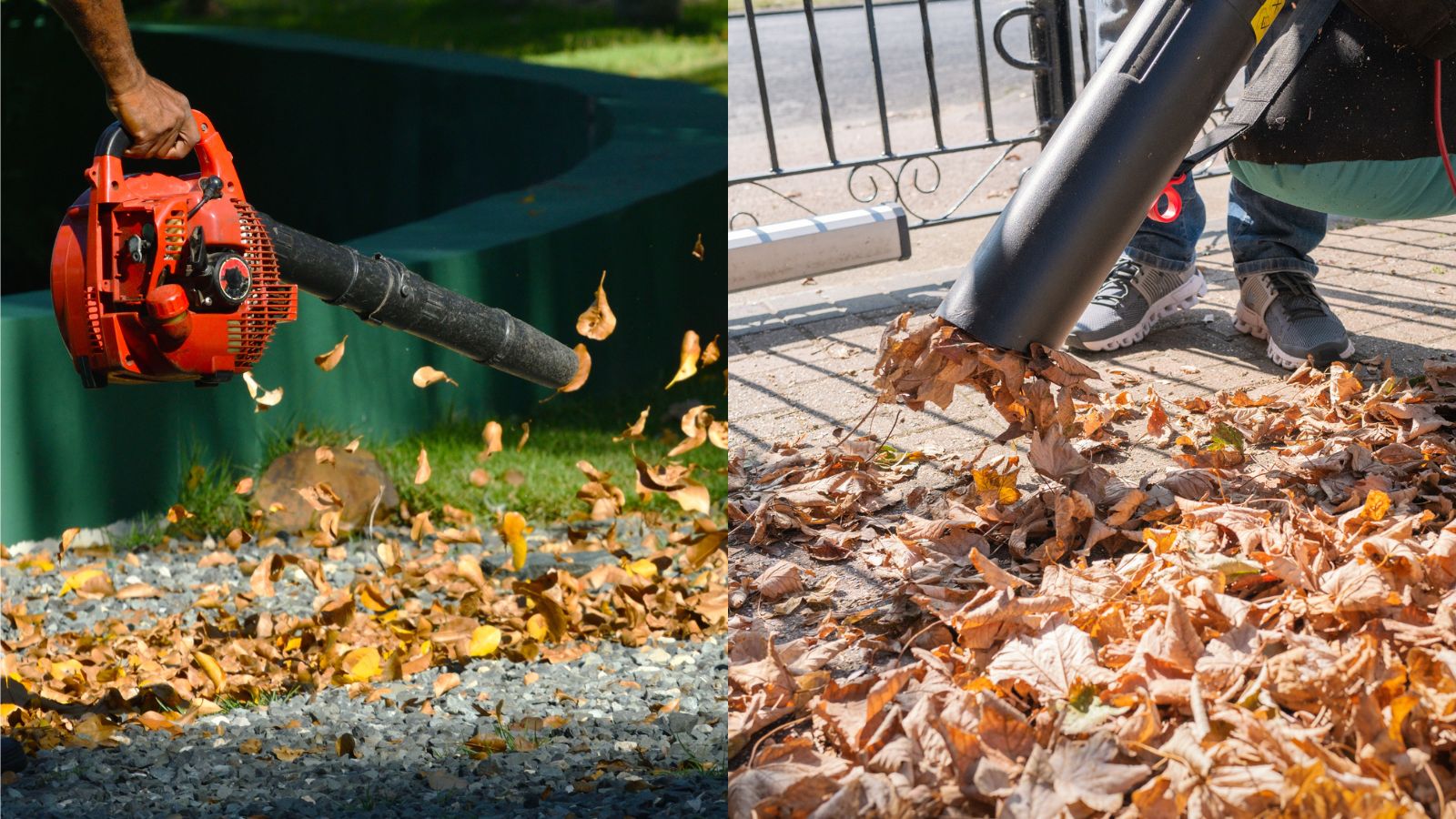 Leaf blowers vs leaf vacuums – which is best for your yard, and should you bother with either?
Leaf blowers vs leaf vacuums – which is best for your yard, and should you bother with either?It's not obvious which is best between leaf blowers v leaf vaccums. As a product tester, this is all you need to know about these controversial yard tools
By Alex David Published
-
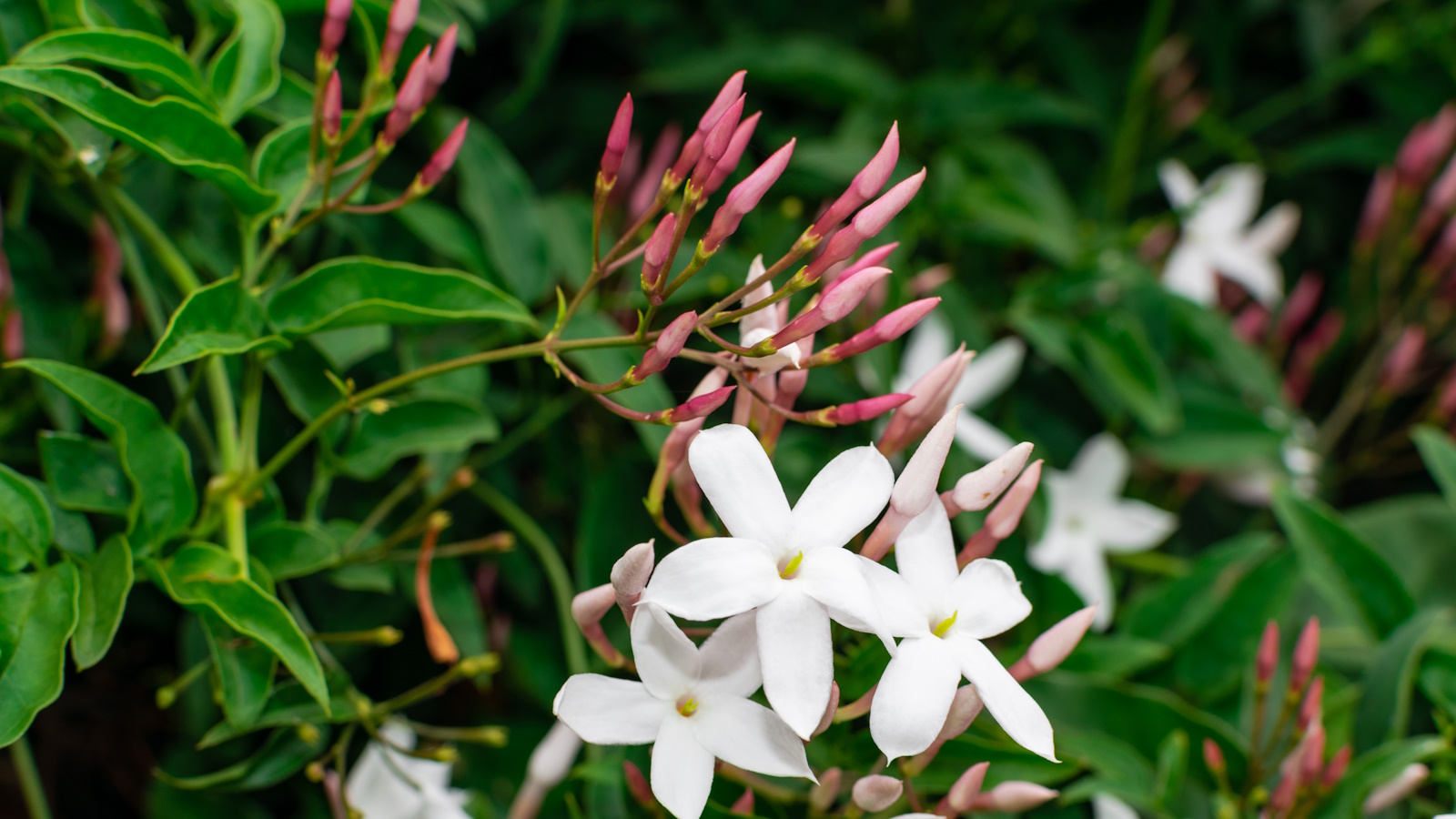 Pruning jasmine in late summer will ensure your plants bloom better than ever next year
Pruning jasmine in late summer will ensure your plants bloom better than ever next yearTiming is critical when pruning summer-flowering climbers
By Thomas Rutter Published
-
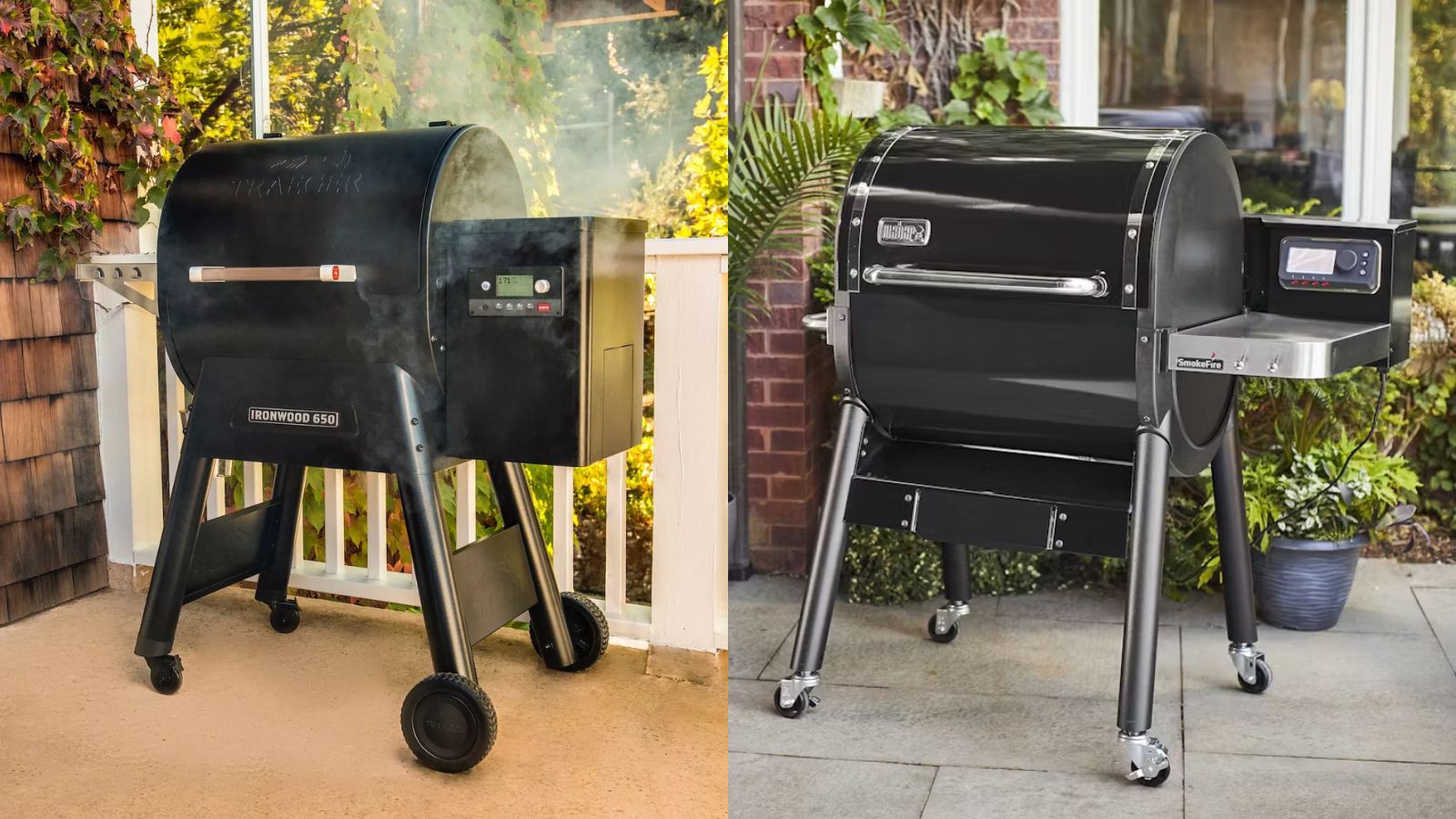 Weber vs Traeger – which pellet grill should I buy? Advice from a product tester
Weber vs Traeger – which pellet grill should I buy? Advice from a product testerThey're two titans of the grilling game, but who comes out on top between Weber vs Traeger? As a product tester, this is all you need to know about the brands
By Alex David Published
-
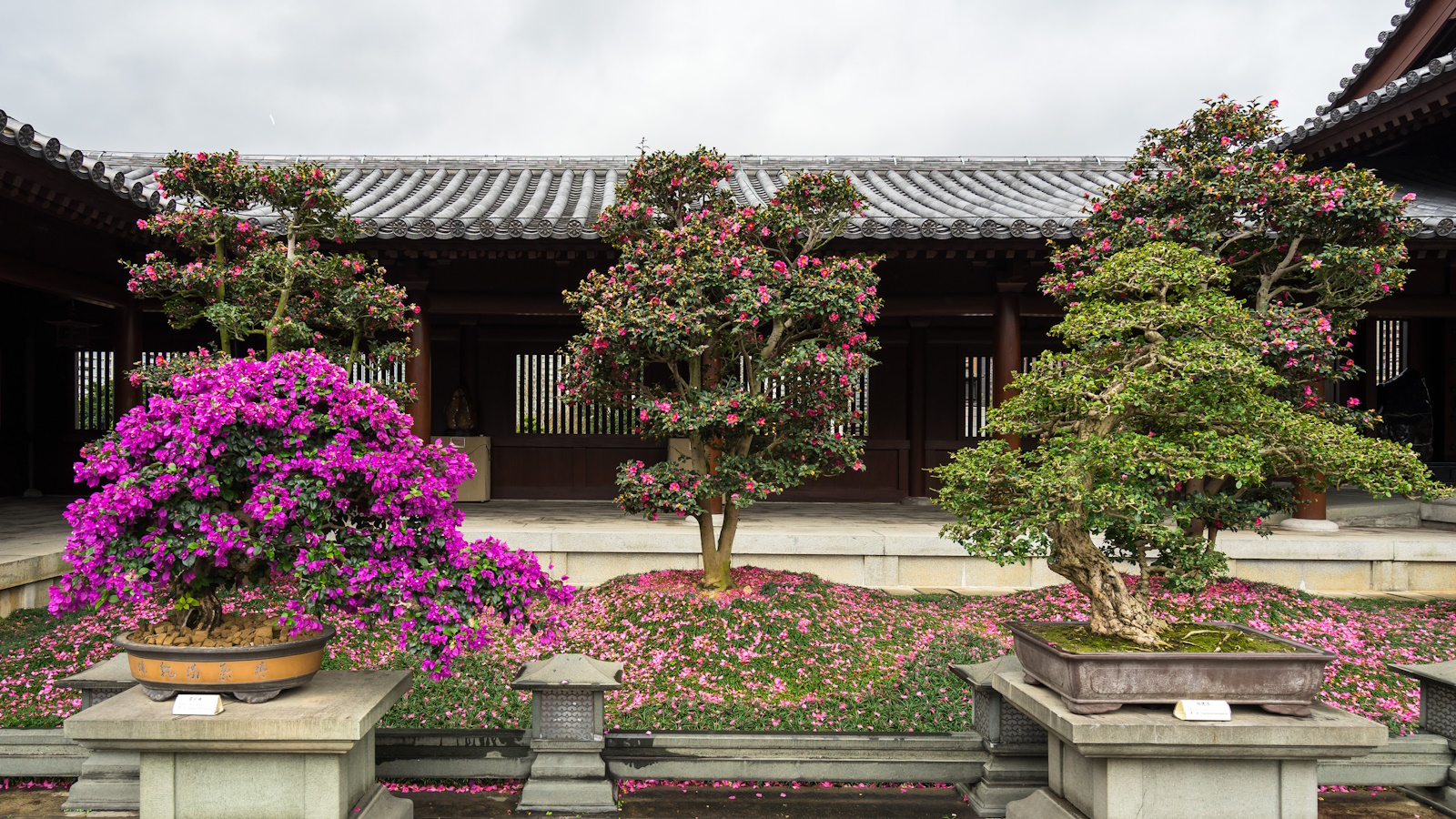 Bougainvillea in miniature – with a little patience, anyone can grow these vibrant plants in bonsai form
Bougainvillea in miniature – with a little patience, anyone can grow these vibrant plants in bonsai formGrowing bougainvillea bonsai trees can add impact to even the smallest of spaces
By Thomas Rutter Published
-
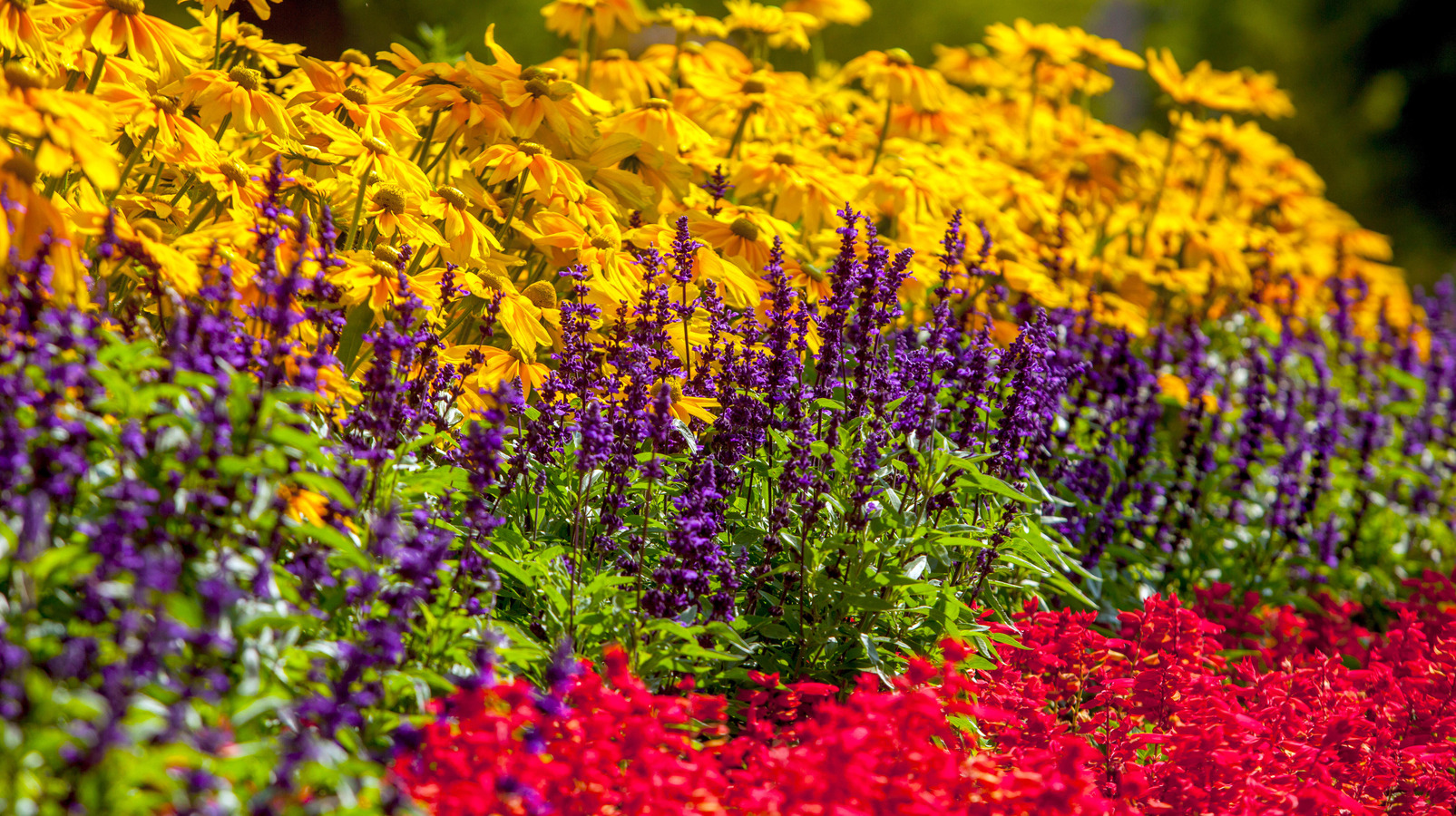 10 low maintenance, drought tolerant plants – for a beautiful and undemanding landscape
10 low maintenance, drought tolerant plants – for a beautiful and undemanding landscapeExpert plant picks for a thriving dry garden, that will make life easier and more colorful
By Jacky Parker Published
-
 How to grow eastern redbuds – the cherished native tree with striking spring blooms
How to grow eastern redbuds – the cherished native tree with striking spring bloomsAdaptable and reliable, eastern redbuds are tough trees that will not disappoint
By Thomas Rutter Published